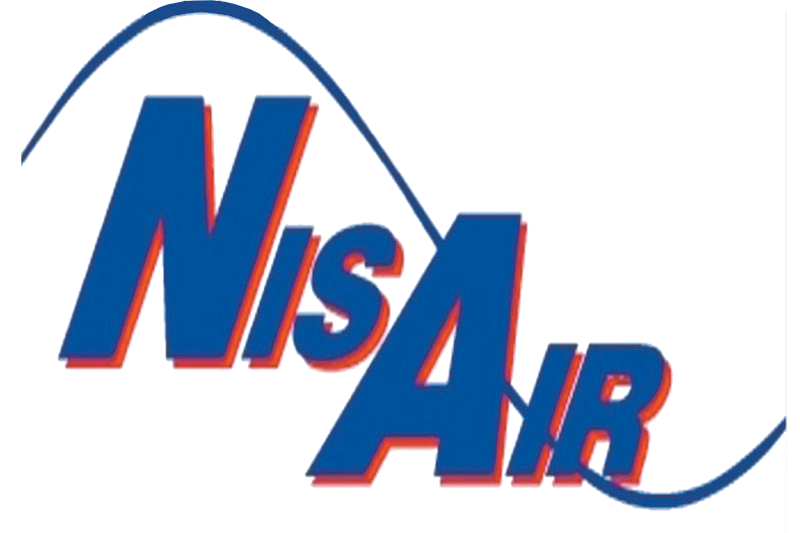How Each HVAC System Component Works Together
Most people understand the term “HVAC” as referring to the heating and air conditioning systems. But there’s also that “V,” which stands for ventilation and includes the fans, vents and ductwork. So when we talk about an HVAC system, it encompasses all those components — and more. All the parts have to work in sync to get the best, most efficient results. Following is a brief explanation of how the various HVAC system components affect one another.
Air Conditioner
Refrigerant is key to the cooling process. It absorbs heat and moves it out of the house in a continuous circuit through the A/C parts, which include the evaporator coil, the condenser and compressor. A fan blows over the cool refrigerant in the evaporator coil, and as the air cools, the air handler sends it through the ductwork to distribute through the home.
Heating
With a furnace, the heating process takes place indoors. The system’s thermostat sends a signal to the furnace, at which point a valve opens and delivers gas to the burners. The pilot light or ignition switch lights a burner located inside the combustion chamber, creating heat in the heat exchanger. The warm air is pushed into a plenum and then is delivered by the air handling system through ductwork.
Ventilation and Other Parts
The furnace and air conditioner are both activated by a thermostat. They both use the air handling system and ductwork to deliver the warm or cool air. They also require condensation lines to get rid of the condensation produced during the heating and cooling processes.
Working Together
Although in some ways an A/C and furnace function separately, they also share some parts, such as the thermostat, the air handler and the ductwork. It’s important that any replacement furnace or A/C works with the existing ventilation system. For instance, the ductwork should be sized so that it can accommodate the volume of air produced by the A/C as well as the furnace.
For more on HVAC system components, contact NisAir Air Conditioning and Heating. We serve Martin, Palm Beach and Indian River counties.

